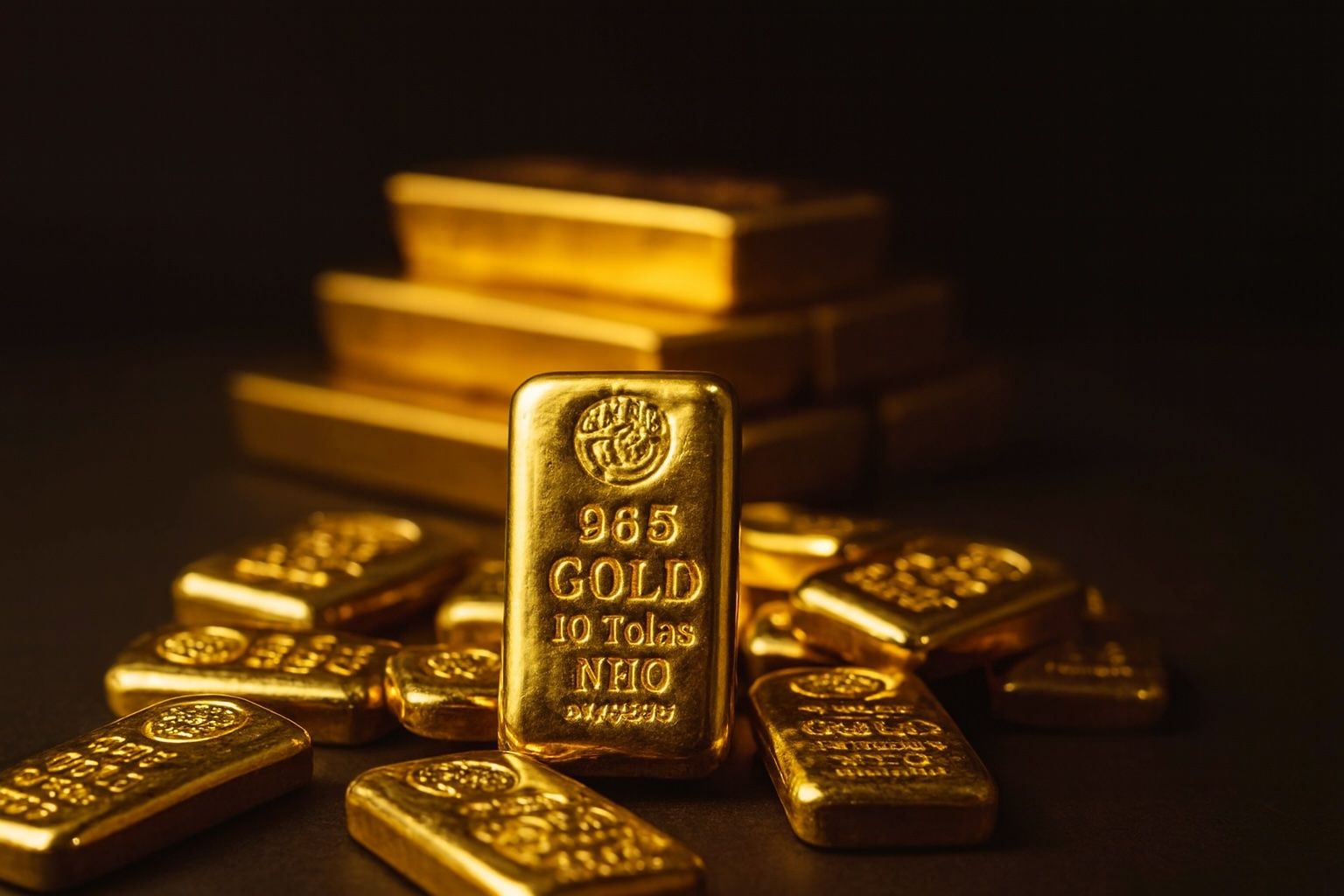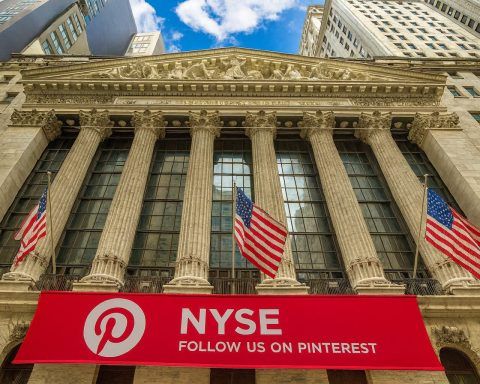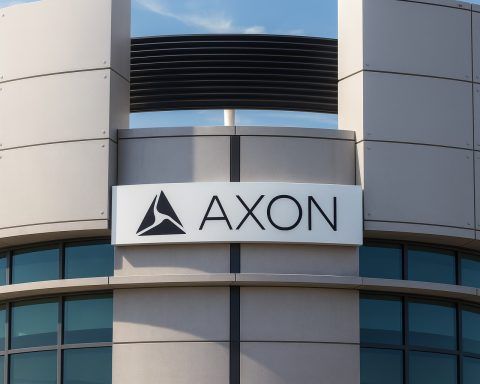- Price Milestone: Gold rocketed to new record highs this week. On Oct. 13, spot gold briefly eclipsed $4,116 per ounce (about $4,106 intraday) [1]. By Oct. 14 it touched ~$4,179 [2]. This is roughly up 56–57% year-to-date (one of the strongest annual gains since the 1970s) [3].
- Driving Forces: The surge is fueled by a perfect storm of factors. Renewed U.S.‑China trade tensions and global geopolitical unrest (Middle East, Ukraine, etc.) have driven safe-haven demand [4] [5]. At the same time, markets overwhelmingly expect imminent Fed rate cuts (traders see ~97% odds of an October cut and nearly 100% by December) [6]. With inflation still above target, real interest rates are falling – making non-yielding gold more attractive. Investors warn of “monetary debasement” (heavy debt and currency weakness) and are stocking up on bullion [7] [8].
- Futures & ETFs: Gold futures and ETFs have surged. U.S. December gold futures climbed above $4,130/oz on Oct. 13 [9] and were around $4,144 by Oct. 14 [10]. The popular SPDR Gold Shares ETF (GLD) trades near $377 – up over 2% on Oct. 13 [11]. Record flows confirm the craze: global gold ETFs have taken in about $64 billion so far in 2025 [12]. Notably, $17.3 billion flowed in during September alone [13], and large institutions say gold’s share of portfolios is still climbing [14].
- Jewelry & Tech Demand: In contrast, traditional jewelry demand has eased in some markets as prices soared. For example, India’s festival buying is reported to be weaker, and World Gold Council data show U.S. jewelry consumption fell (volume down ~7% Q2 y/y) even as the dollar value rose with higher prices [15]. Technology/industrial demand – a small slice of total gold use – has been mostly flat: U.S. and Japan saw slight declines in gold usage, offset by modest gains in South Korea and China tied to electronics (AI chips, etc.) [16].
- Forecasts & Sentiment: Analysts are overwhelmingly bullish. Bank of America now projects $5,000/oz by 2026 [17], and SocGen similarly expects gold to reach ~$5,000 by end-2026 [18]. Even Standard Chartered sees next-year averages near $4,488 [19]. VanEck’s David Schlesser predicts gold will “top $5,000” in 2026 and urges investors to hold at least 5% in gold [20]. Morgan Stanley’s Mike Wilson has said a 20% allocation to gold makes sense as an inflation hedge [21]. Yet some experts caution a pullback could be healthy: gold’s technical indicators (RSI ≈80) flag overbought conditions [22], and past rallies have seen steep corrections. Blue Line’s Phillip Streible notes the rally has “legs,” but agrees a near-term correction might be “healthier for a longer-term uptrend” [23].
Historic Highs: Gold Hits the Stratosphere
In mid-October 2025 gold prices surged to unprecedented levels. On Monday Oct. 13, spot gold (the price for immediate delivery) jumped about 2.2% to ~$4,106/oz by mid-afternoon (GMT), briefly touching an all-time $4,116.77 intraday peak [24]. Futures for December delivery also spiked; that contract settled around $4,133/oz (up ~3.3%) [25]. The rally continued into Oct. 14: spot gold rose as high as $4,179/oz in early U.S. trading [26]. By comparison, gold was under $2,000 just two years ago, so this represents more than a 50% gain in 2025 alone [27] [28].
Silver followed suit, hitting record highs (~$53.60/oz intraday on Oct. 14 [29]) as investors pile into precious metals. The broader gold mining sector has boomed too: major miners (Newmont, Barrick) have more than doubled in value this year [30]. In short, gold is far outperforming equities and even cryptocurrencies this year, underlining its appeal as a safe haven [31] [32].
Why Gold Is Rallying: Fed Policy and Global Unrest
Multiple forces are driving the gold craze. First, central banks and rate policy: Over the summer and early autumn, Fed officials signaled a shift toward lower rates. Fed minutes from September 2025 showed officials grew worried about labor-market risks and indicated rate cuts would likely resume despite still-high inflation [33] [34]. Markets took this to heart: futures markets now price in nearly 100% odds of another Fed rate cut in December [35] (with ~97% odds for October as well). Lower nominal interest rates – combined with inflation running around 3% (above the Fed’s 2% goal) – mean negative real yields on U.S. debt. In that environment, gold (which pays no interest) becomes more attractive. As one strategist put it, investors fear “monetary debasement” – the prospect of governments printing money and weakening currencies – and are hedging by buying gold [36].
Second, geopolitical risk: Ongoing conflicts and tensions globally have lifted gold’s safe-haven bid. A brief truce in the Middle East or news of progress in Ukraine tends to dent gold, while flare-ups push it up. Notably, President Trump renewed U.S. tariff threats on China in early Oct., and both sides have talked about a summit, which has kept trade uncertainty alive. Reuters notes “renewed U.S.-China trade tensions” were cited as a reason gold was bid higher on Oct. 13 [37]. Other political worries – a U.S. government shutdown in late September, banking stress in Europe, and even volatility in stocks (with tech-heavy indices falling in Oct.) – have all fed the narrative that diversifying into bullion is prudent [38] [39].
Finally, flow effects: Price momentum itself is drawing more buyers. Rising prices attract technical buying and speculative interest. Analysts warn of “FOMO” – fear-of-missing-out – where investors jump in simply because prices keep climbing [40]. If stocks wobble, gold looks even more appealing. As one Reuters reporter summed up, gold’s run reflects a “familiar pattern of dollar debasement against alternative reserve assets,” including safety bids from central banks [41] [42].
Futures, ETFs and Institutional Flows
The record rally has been accompanied by huge investment flows. U.S. gold futures volume has surged, and exchange-traded products are seeing historic inflows. For example, Bloomberg reports that State Street’s SPDR Gold Shares (GLD) has taken in about $35 billion in 2025 already, on track to top 2020’s all-time record [43]. The World Gold Council estimates roughly $64 billion has flowed into gold ETFs globally so far this year [44] – an unprecedented pace (September alone saw ~$17.3B in inflows [45]). This flood of institutional money is pumping up prices. As BCA Research’s Roukaya Ibrahim observes, “institutional investor interest is just getting started” – gold ETF assets now represent about 2.6% of global portfolios, up from 1.9% a year ago [46].
The U.S. investor landscape mirrors this. Net inflows to U.S. listed gold funds (GLD, IAU, etc.) have totaled hundreds of tonnes of bullion this year [47], bringing their holdings to record levels (about 1,785 tonnes at Q2’25 for U.S. funds [48]). Online gold platforms (BullionVault, etc.) also report booming demand. In short, leveraged and passive vehicles are piling into gold, and when big firms like Morgan Stanley and Goldman Sachs start predicting much higher gold, their clients listen. As Adrian Ash of BullionVault notes, it’s no coincidence “when establishment names…tell investors they don’t own enough gold, it’s no surprise to see inflows jump” [49].
Jewelry and Industrial Demand: The Other Side
Not all parts of the market are overheated. Physical demand for jewelry, the largest component of gold consumption globally, has actually softened in some regions as prices hit records. In India – the world’s biggest gold buyer – jewelers report weaker festival-season sales because people are hesitant to buy at ₹1.22 lakh (about $4,000) per 10 g, an all-time high [50]. (The World Gold Council now expects India’s 2025 demand to fall to 600–700 tonnes, down from 802t in 2024 [51].) Similarly, affluent consumers in other markets have largely stayed on the sidelines rather than chase gold at these prices.
Data from the World Gold Council’s Q2 2025 survey in the U.S. reflects this trend: jewelry demand by volume continued a years-long decline (down ~7% y/y to 30 tonnes) even though the value of jewelry spending hit a record $3 billion (thanks to higher prices) [52]. Consumers have moved toward more flexible buying options too (for example, “digital gold” apps that let people invest bit by bit rather than buy gold jewelry). In short, ordinary retail and jewelry demand is not the main driver of the current spike – it’s the investment side.
On the industrial/technology front, gold’s role is modest. Gold is used in electronics (PCBs, connectors, semiconductors), but even rapid innovation (like AI chip manufacturing) affects just a fraction of total gold demand. Latest WGC data show U.S. and Japan saw slight drops in tech-related gold demand in Q2’25 (15t and 19t respectively) [53]. These were offset by increases in South Korea (+2%) and China (+2%) tied to electronics output [54]. Overall, technology demand has been roughly flat. It does not appear to be absorbing the vast excess metal; rather, it’s the flood of money pouring into the market that outstrips supply. In fact, analysts warn of a potential supply crunch: with mining output struggling to accelerate, gold (and especially silver) are said to be in deficit, adding fuel to the rally.
Wall Street & Analyst Commentary
Major financial houses and analysts are wildly optimistic about gold’s next steps – but voices of caution exist too. Bank of America Global Research has raised its 2026 gold price target to $5,000/oz (silver to $65) [55], noting that if investment demand keeps growing (~14% higher next year), that level is reachable. Societe Generale similarly now sees gold at ~$5,000 by end-2026, and Standard Chartered around $4,488 on average next year [56] [57]. Even Goldman Sachs, typically more conservative, projects gold around $4,000 by mid-2026 (as of a Sept. note).
Several prominent traders and analysts have voiced bold forecasts. Phillip Streible of Blue Line Futures says the metal “could easily continue its upward momentum… north of $5,000 by the end of 2026” [58]. David Schlesser of VanEck (quoted in Reuters) goes further, warning that no asset rises in a straight line, but still “expects gold prices to top $5,000” in 2026 [59]. He adds that “volatility is your friend,” implying that any dips should be seen as buying opportunities [60]. Morgan Stanley’s Mike Wilson has even suggested investors hold 20% of their portfolio in gold as a durable inflation hedge [61].
At the same time, some analysts note that the run-up is steep. Standard Chartered’s Suki Cooper observes the rally has “legs,” but agrees that a near-term correction (a pullback) would be healthy for the long-term trend [62]. Funds survey data (e.g. from Bank of America) show “long gold” is now one of the most crowded trades, second only to big tech stocks – a sign that sentiment is very bullish. A Reuters commentary notes that “almost everyone still appears bullish – the sort of behavior often associated with bubbles,” warning investors to be skeptical if everyone piles in [63]. JPMorgan strategists point out that gold’s gains have outpaced moves in real interest rates (a usual driver), suggesting the rally owes as much to momentum as fundamentals [64].
Central Banks and Future Outlook
One structural support is central-bank buying. Countries like China, India, and Turkey have been steadily adding gold to reserves [65]. Analysts say this demand looks “structural and steady-paced,” and it’s built into forecasts even as prices soar [66]. In fact, central banks bought a record amount of gold in recent years, surpassing their U.S. Treasury holdings for the first time since the 1990s. This official-sector demand gives longer-term underpinnings to the bull market.
Looking ahead, investors will watch the interplay of monetary policy and geopolitics. Fed Chair Jerome Powell’s upcoming speeches (e.g. to the NABE on Oct. 14) and U.S. economic reports could affect the narrative. Any indication of sticky inflation or weaker jobs data might reinforce the gold rally, while surprisingly hawkish Fed signals could temper it. Similarly, renewed trade talks or easing global conflicts could reduce safe-haven flows (as briefly happened around an Israel-Hamas ceasefire).
For now, gold remains in a parabolic uptrend, and many market watchers expect it to stay elevated. Even sceptics concede that with unprecedented debt levels and policy easing globally, “hard” assets may continue to attract capital. As Bloomberg notes, gold’s gains this year have already far outstripped all other major assets [67]. Yet history also warns that such extraordinary rallies can reverse quickly if sentiment shifts. For ordinary investors, the message is mixed: many experts predict more upside ahead, but most also advise caution and to be prepared for volatility.
Sources: Latest price and market data from Reuters and Bloomberg [68] [69]; World Gold Council reports [70] [71]; analysis and commentary from analysts at Bank of America, SocGen, Standard Chartered, Blue Line Futures, VanEck, Morgan Stanley, and others [72] [73] [74]; media reports on ETF flows and demand [75] [76]. (All prices in USD.)
References
1. www.reuters.com, 2. www.reuters.com, 3. www.reuters.com, 4. www.reuters.com, 5. ts2.tech, 6. www.reuters.com, 7. ts2.tech, 8. www.reuters.com, 9. ts2.tech, 10. www.reuters.com, 11. ts2.tech, 12. www.reuters.com, 13. www.reuters.com, 14. www.reuters.com, 15. www.gold.org, 16. www.gold.org, 17. www.reuters.com, 18. www.reuters.com, 19. www.reuters.com, 20. www.reuters.com, 21. www.reuters.com, 22. www.reuters.com, 23. www.reuters.com, 24. www.reuters.com, 25. ts2.tech, 26. www.reuters.com, 27. www.reuters.com, 28. www.bloomberg.com, 29. www.reuters.com, 30. ts2.tech, 31. www.reuters.com, 32. www.reuters.com, 33. ts2.tech, 34. www.reuters.com, 35. www.reuters.com, 36. ts2.tech, 37. www.reuters.com, 38. ts2.tech, 39. ts2.tech, 40. www.reuters.com, 41. ts2.tech, 42. ts2.tech, 43. www.reuters.com, 44. www.reuters.com, 45. www.reuters.com, 46. www.reuters.com, 47. www.gold.org, 48. www.gold.org, 49. www.reuters.com, 50. timesofindia.indiatimes.com, 51. timesofindia.indiatimes.com, 52. www.gold.org, 53. www.gold.org, 54. www.gold.org, 55. www.reuters.com, 56. www.reuters.com, 57. www.reuters.com, 58. www.reuters.com, 59. www.reuters.com, 60. www.reuters.com, 61. www.reuters.com, 62. www.reuters.com, 63. www.reuters.com, 64. www.reuters.com, 65. ts2.tech, 66. www.reuters.com, 67. www.bloomberg.com, 68. www.reuters.com, 69. www.reuters.com, 70. www.gold.org, 71. www.gold.org, 72. www.reuters.com, 73. www.reuters.com, 74. www.reuters.com, 75. www.reuters.com, 76. ts2.tech













